Rising Investment in Biotechnology
The rising investment in biotechnology is a significant driver for the Gene Amplification Technologies Market. As stakeholders recognize the potential of biotechnology in addressing healthcare challenges, funding for gene amplification technologies is likely to increase. Venture capital and government grants are being directed towards innovative research and development initiatives, fostering advancements in amplification techniques. This influx of capital is expected to accelerate the development of new products and technologies, enhancing the overall market landscape. Furthermore, collaborations between academic institutions and biotech companies are becoming more prevalent, facilitating knowledge transfer and innovation. As investment continues to grow, the gene amplification technologies sector is poised for substantial advancements, potentially leading to breakthroughs in genetic diagnostics and therapeutics.
Growing Demand for Diagnostic Testing
The escalating demand for diagnostic testing is a crucial driver for the Gene Amplification Technologies Market. As healthcare providers emphasize the importance of accurate and timely diagnostics, the reliance on gene amplification technologies has intensified. The market for diagnostic testing is projected to reach substantial figures, with estimates indicating a valuation exceeding several billion dollars in the near future. This growth is attributed to the increasing prevalence of infectious diseases and the need for rapid testing solutions. Moreover, the integration of gene amplification technologies in point-of-care testing is likely to enhance accessibility and efficiency in diagnostics. Consequently, the market is poised for significant expansion as healthcare systems adapt to the rising demand for reliable diagnostic tools.
Regulatory Support for Genetic Testing
Regulatory support for genetic testing is emerging as a vital driver for the Gene Amplification Technologies Market. Governments and health organizations are increasingly recognizing the importance of genetic testing in disease prevention and management. This recognition has led to the establishment of favorable regulatory frameworks that promote the use of gene amplification technologies. For instance, streamlined approval processes for diagnostic tests are encouraging innovation and market entry. Additionally, initiatives aimed at educating healthcare professionals about the benefits of genetic testing are likely to enhance adoption rates. As regulatory bodies continue to support advancements in genetic diagnostics, the market is expected to experience robust growth, with a focus on ensuring safety and efficacy in gene amplification technologies.
Advancements in Research and Development
Ongoing advancements in research and development are significantly influencing the Gene Amplification Technologies Market. Innovations in polymerase chain reaction (PCR) techniques and other amplification methods are enhancing the sensitivity and specificity of genetic analyses. As researchers strive for more accurate and efficient methodologies, the market is likely to benefit from the introduction of novel technologies. For instance, the development of digital PCR and next-generation sequencing has revolutionized genetic research, allowing for high-throughput analysis. This evolution not only facilitates academic research but also supports clinical applications, thereby expanding the market's reach. The investment in R&D is expected to increase, with funding from both public and private sectors, further propelling the growth of the gene amplification technologies sector.
Increasing Prevalence of Genetic Disorders
The rising incidence of genetic disorders is a pivotal driver for the Gene Amplification Technologies Market. As healthcare systems increasingly recognize the importance of early diagnosis and intervention, the demand for genetic testing and amplification technologies is expected to surge. Reports indicate that genetic disorders affect millions worldwide, necessitating advanced diagnostic tools. This trend is likely to propel the market forward, as healthcare providers seek efficient methods to identify genetic anomalies. Furthermore, the integration of gene amplification technologies in clinical settings enhances the accuracy of genetic testing, thereby improving patient outcomes. The market is projected to witness substantial growth, with estimates suggesting a compound annual growth rate of over 10% in the coming years, driven by the need for innovative solutions in genetic diagnostics.


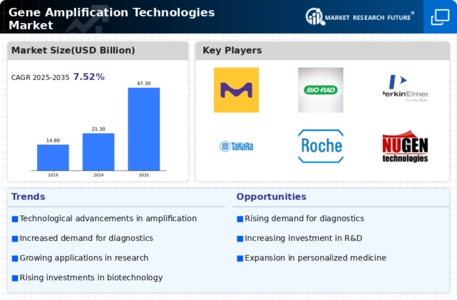
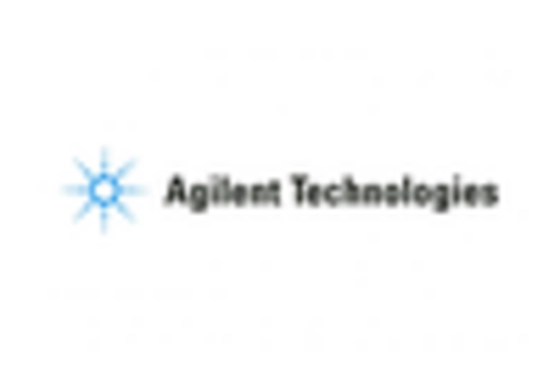
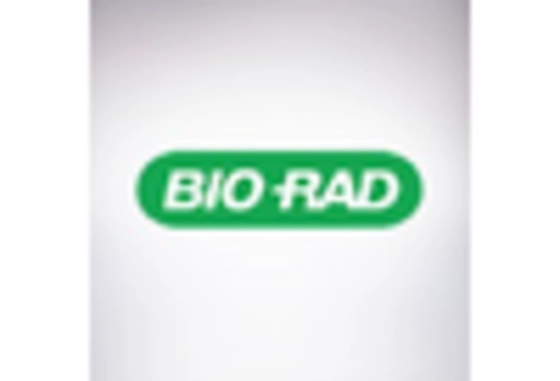
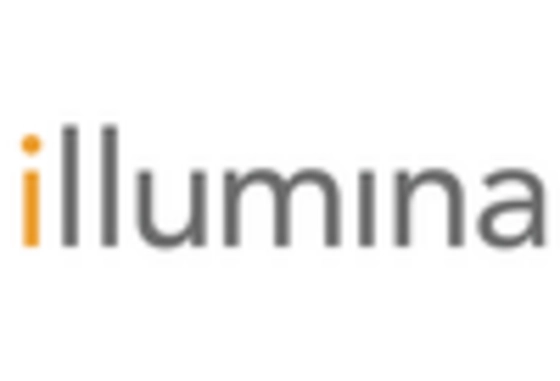
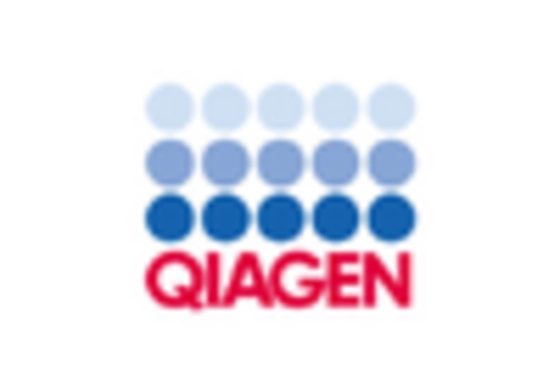
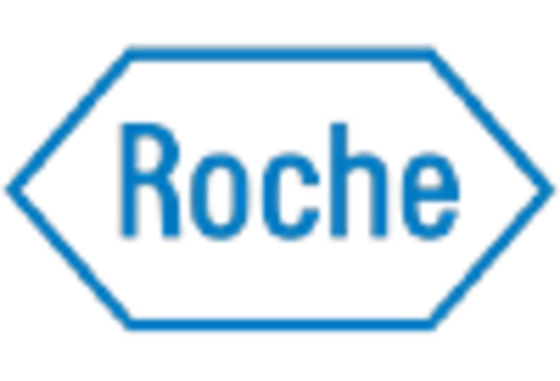









Leave a Comment